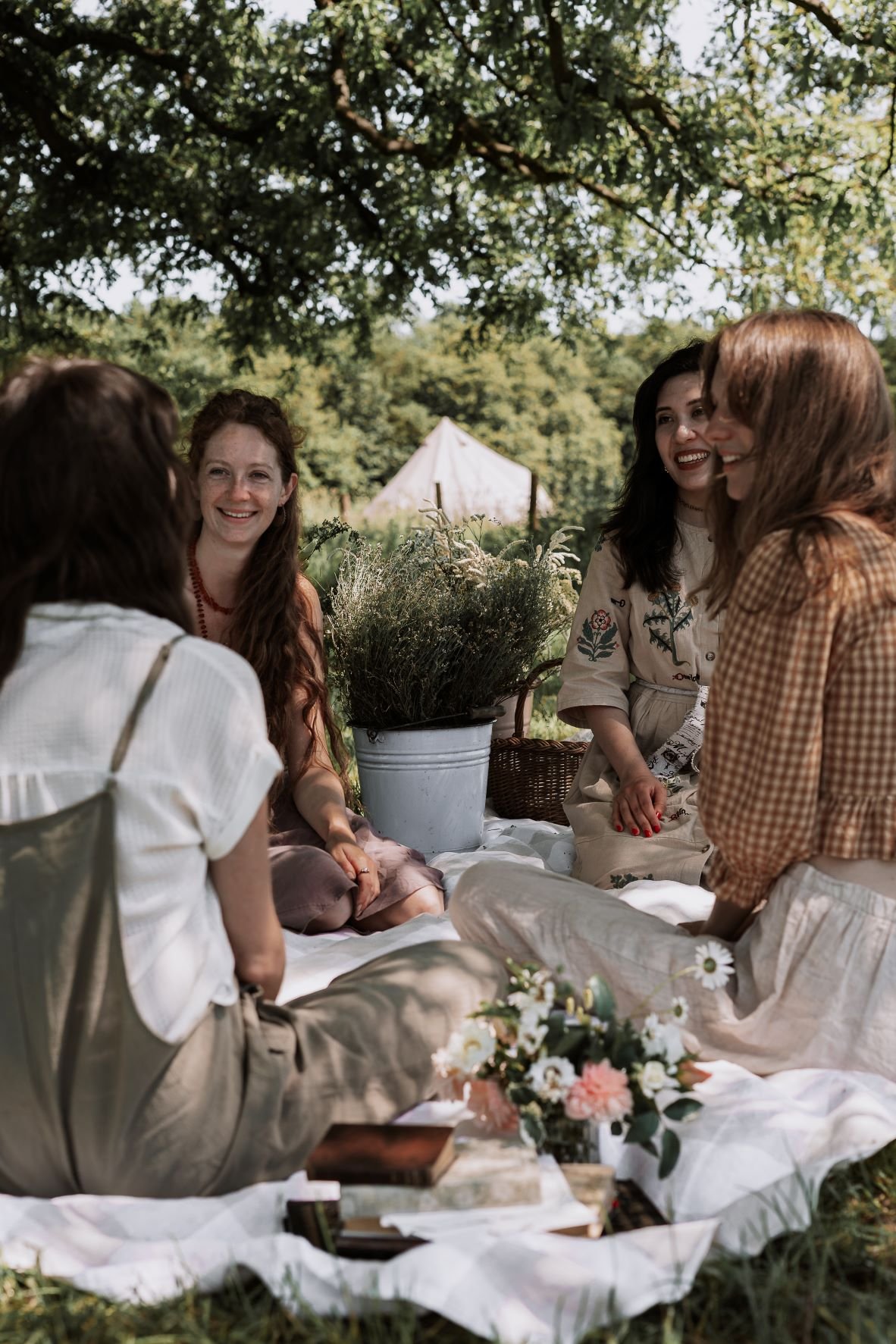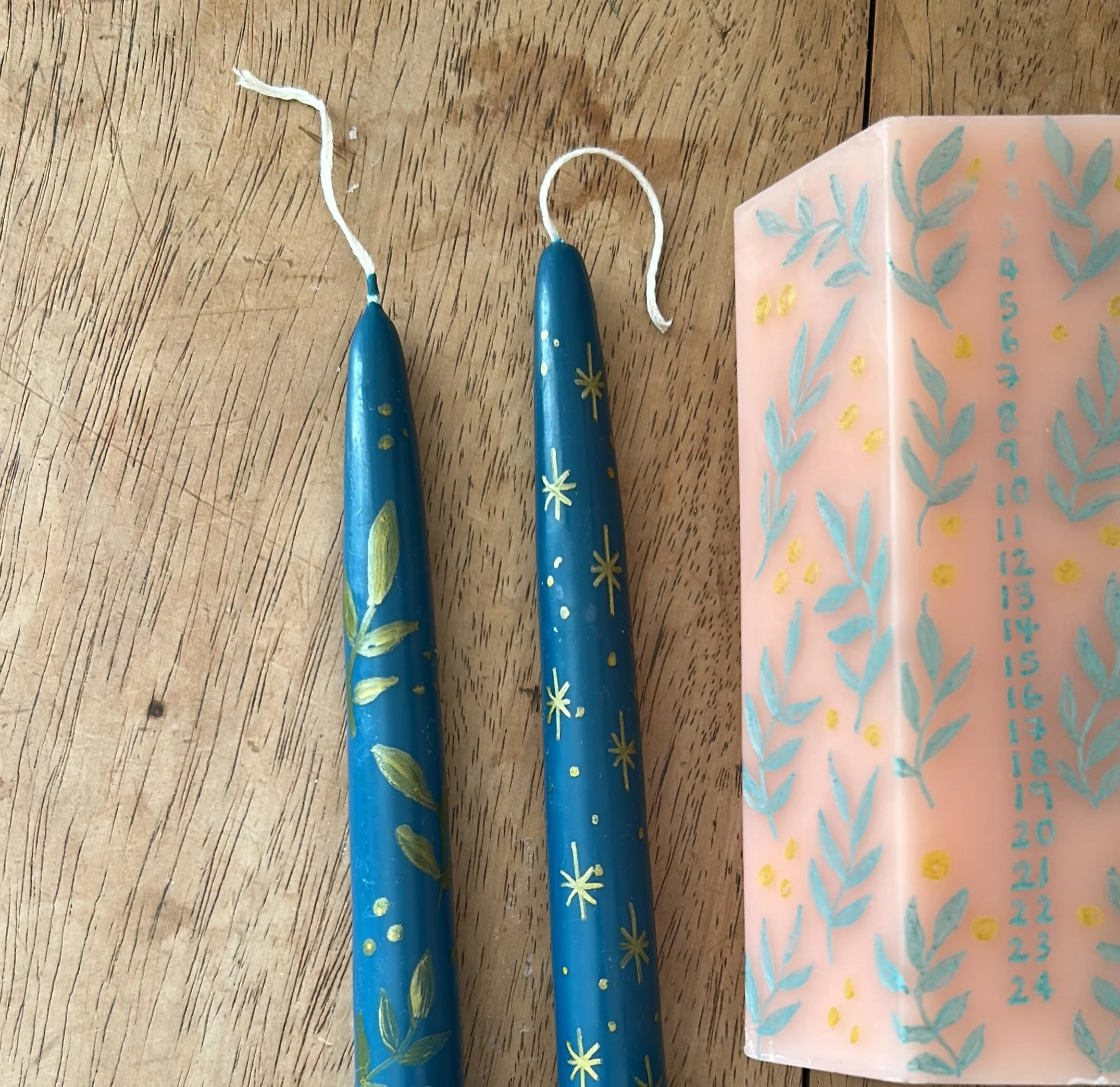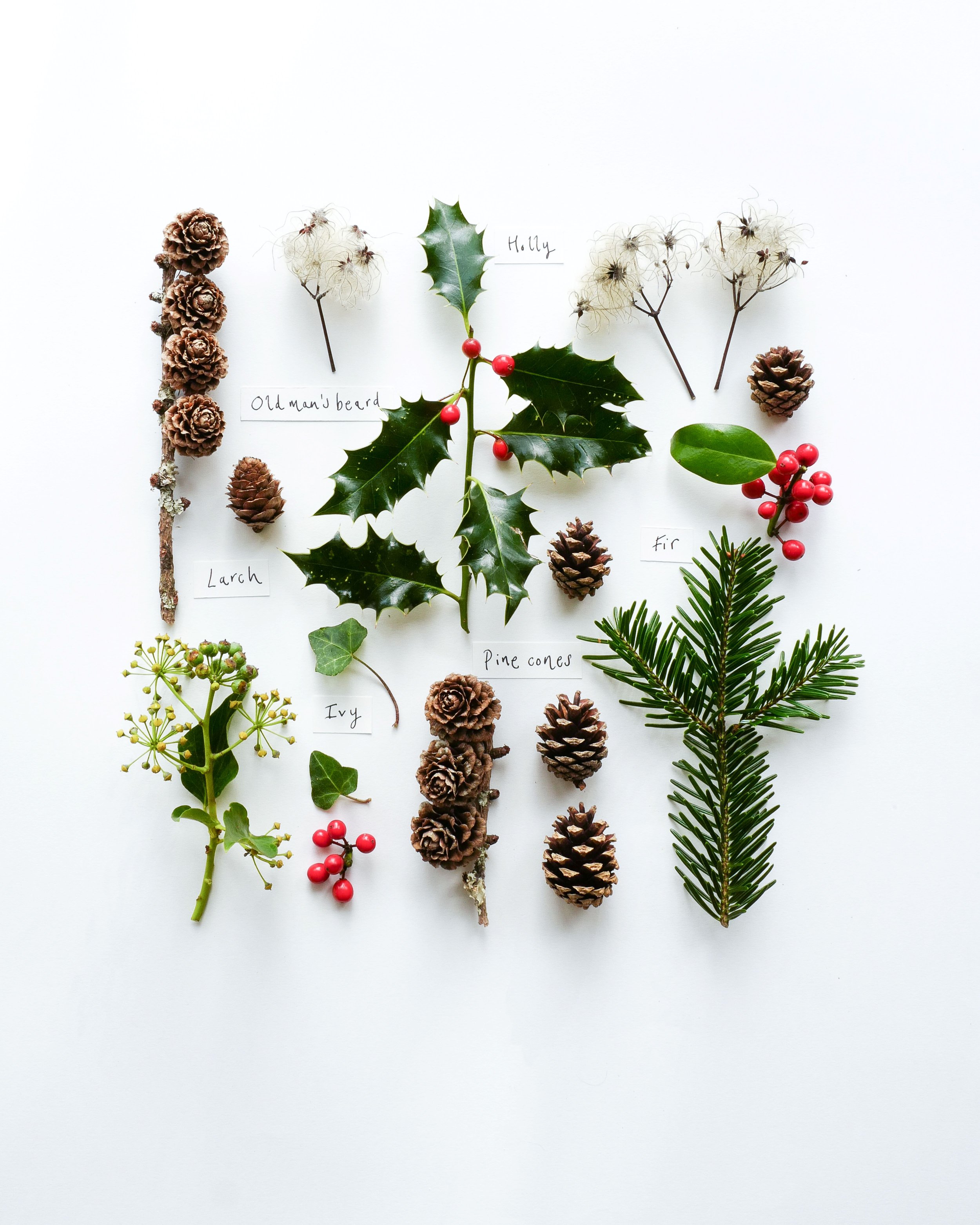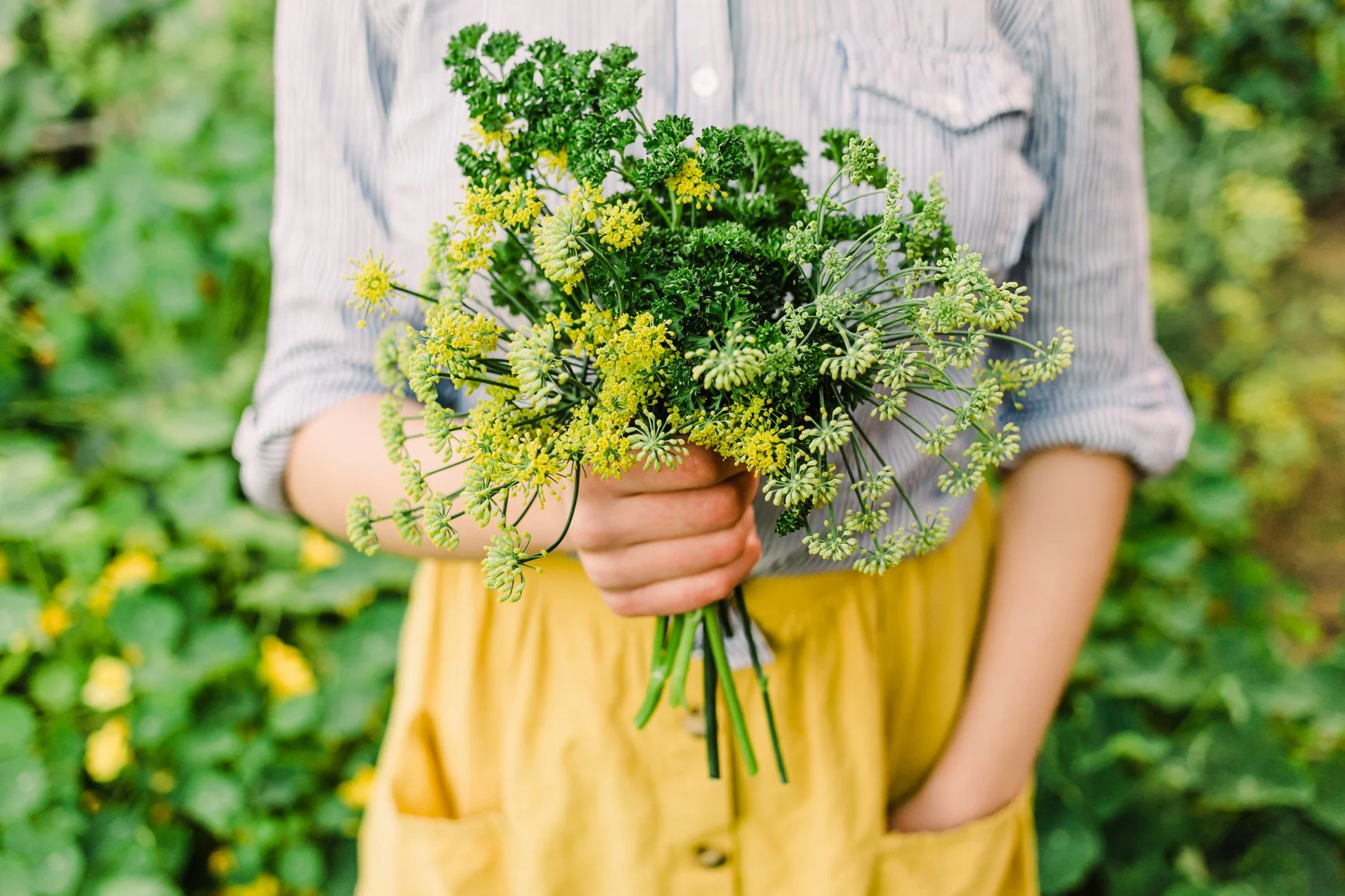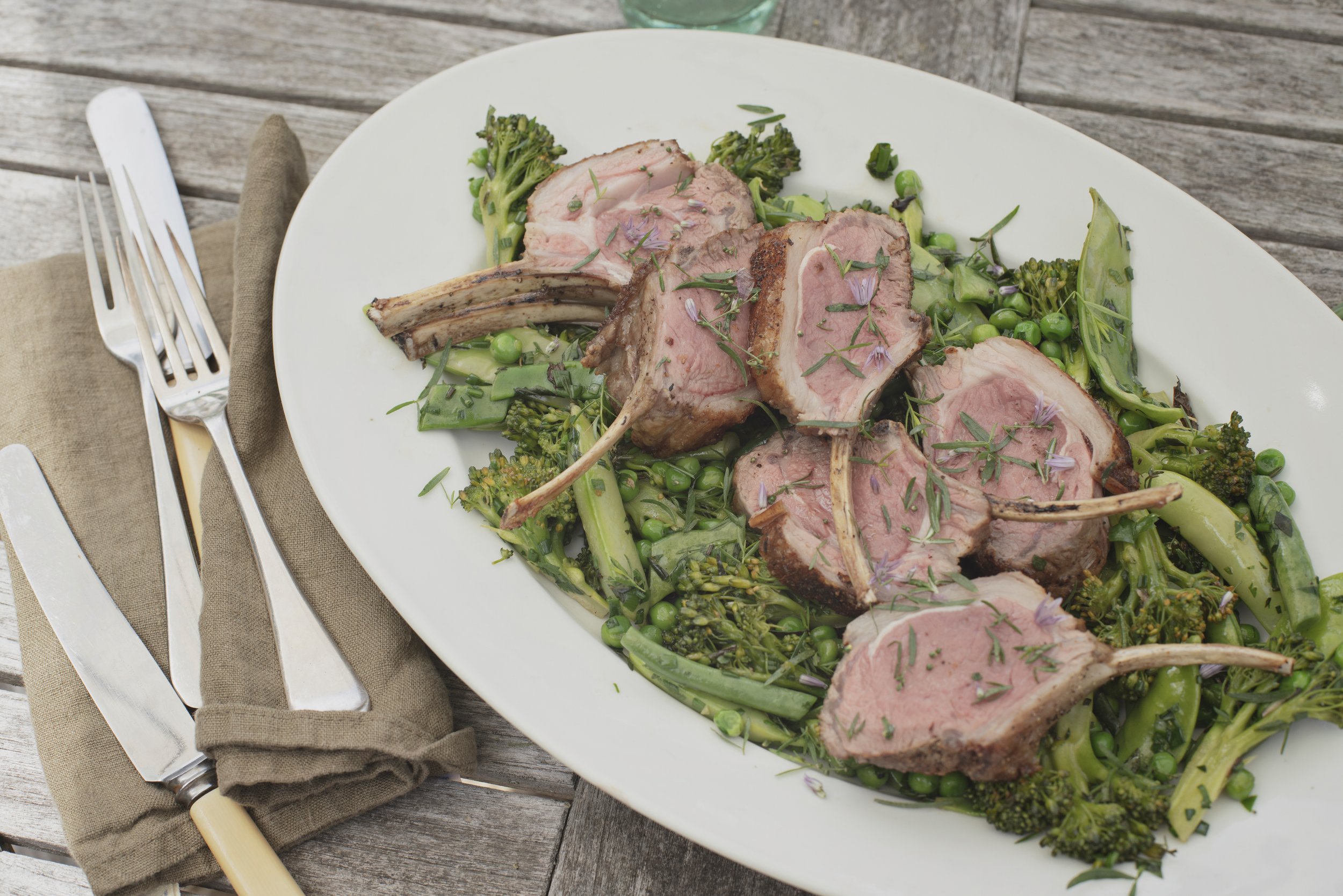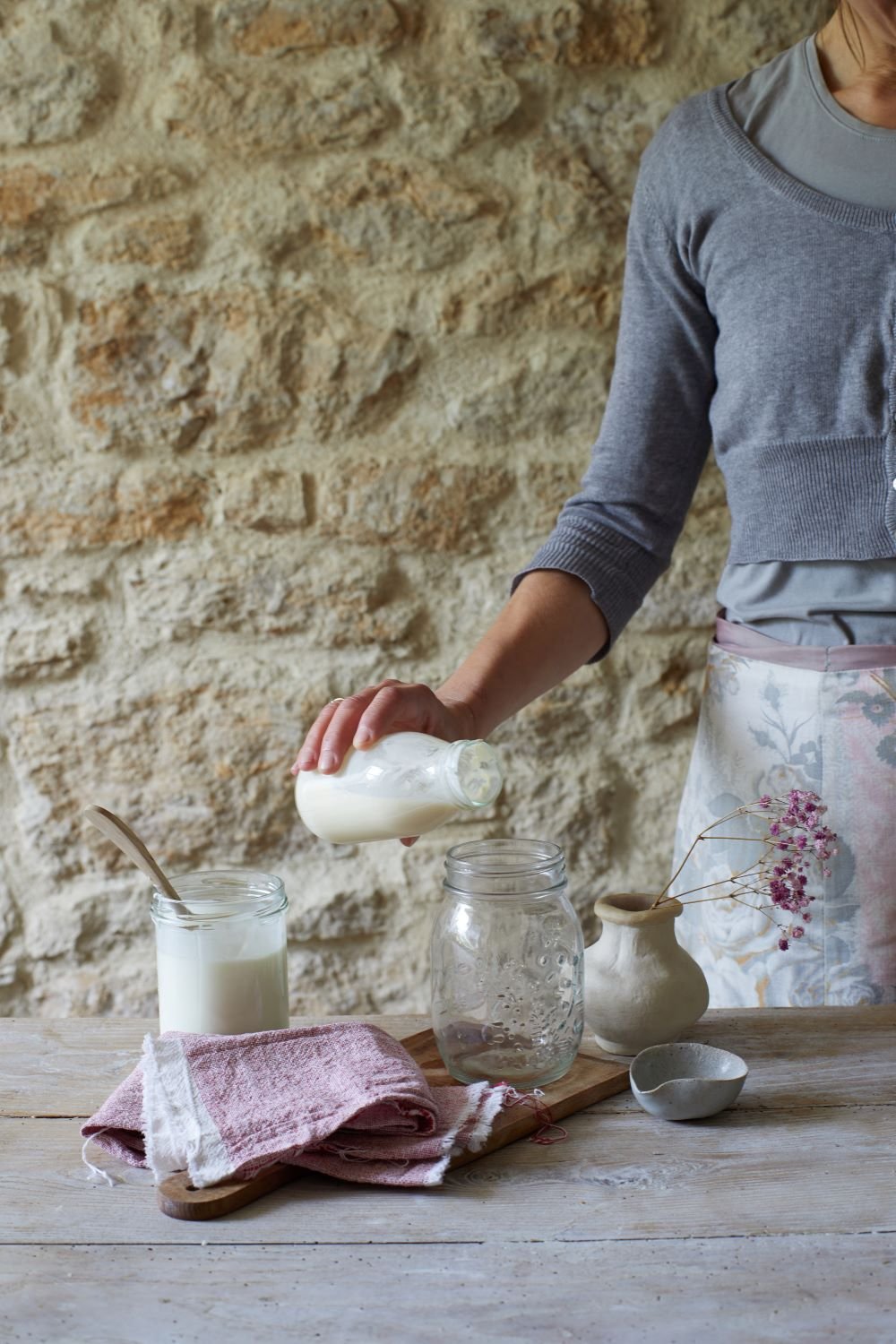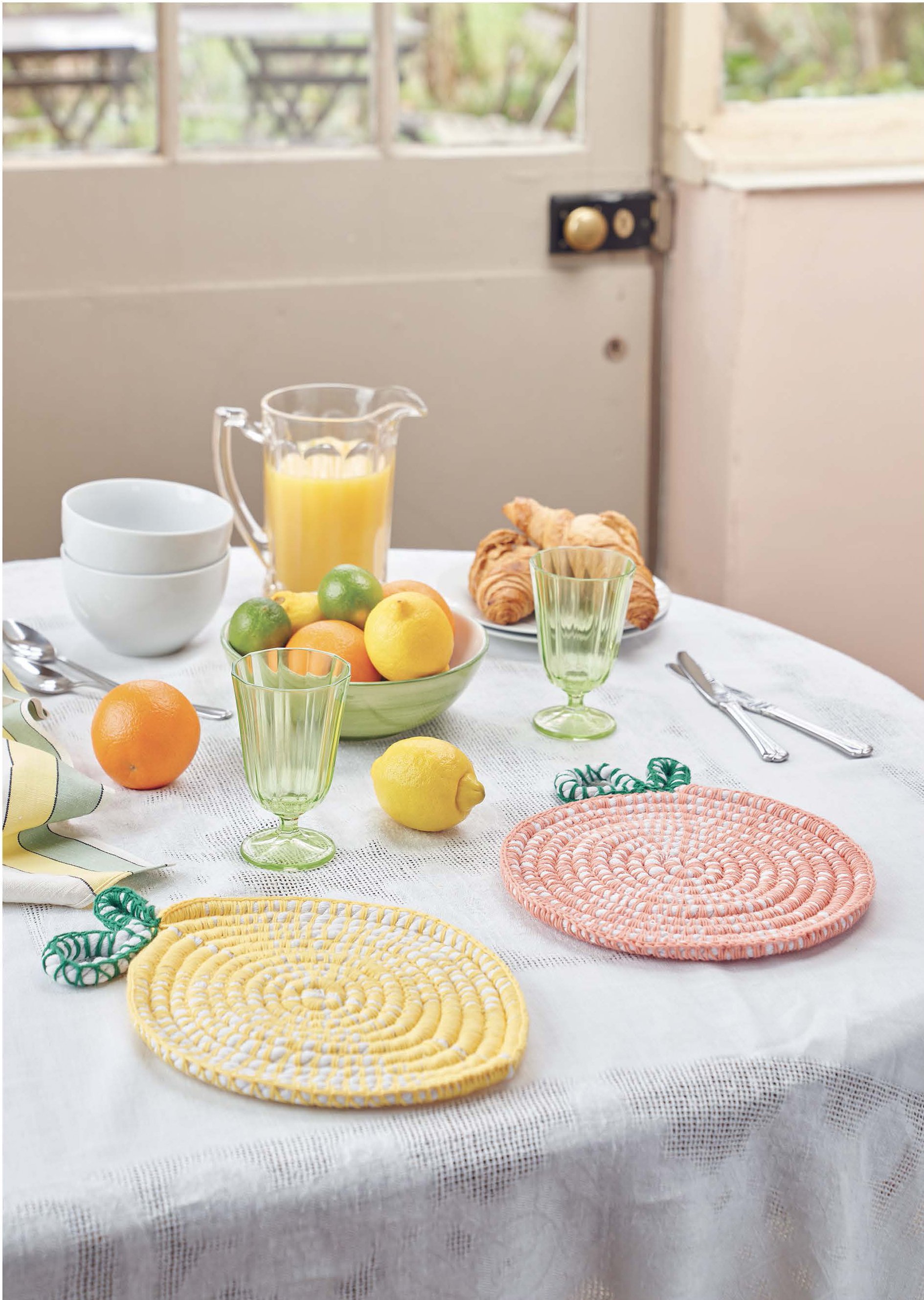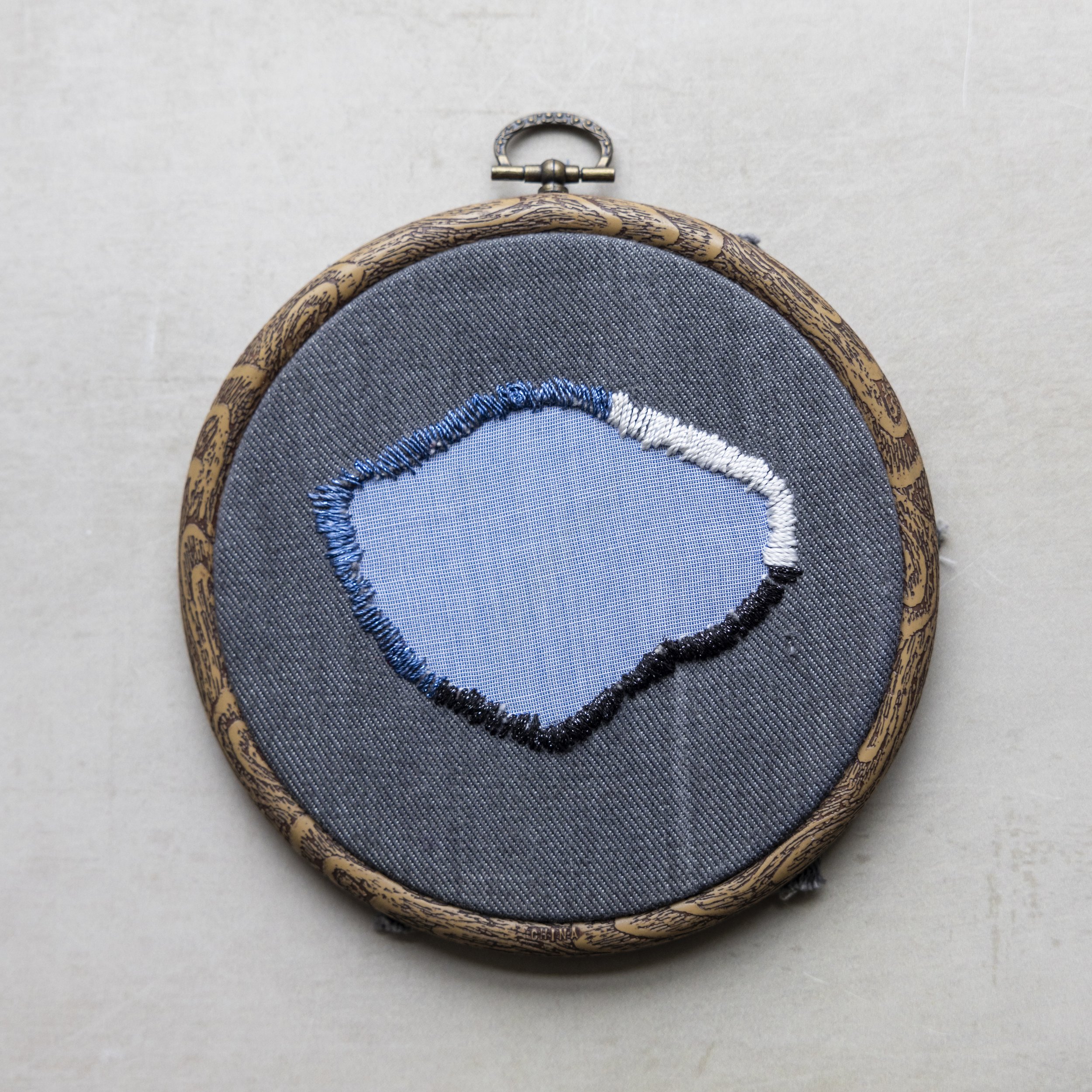In our May issue we met modern hedge witch, Willow, in our ‘Know A Thing or Two’ feature about hedgerows. Here, she tells us a bit more about her craft.
How would you define hedge witchery or hedgecraft?
Hedge witchery or hedgecraft is generally a solitary, shamanistic practice in which the witch engages in spirit work and hedge riding, usually with some herbalism thrown in. Hedge riding is the act of using an altered state of consciousness to cross from our realm into the Otherworld to seek guidance from spirit guides, receive messages, and even practise magic.
How do you use hedgerows in your practice?
In hedgecraft, hedgerows act as a barrier between our world and the Otherworld, just as the hedge acts as the dividing line between civilization and the wild. It isn’t so much that the hedge is necessarily used literally in hedgecraft, but more metaphorically to explain the process of crossing between realms. However, there’s many a hedge witch that use hedgerows literally. Like all in-between places, hedgerows are liminal spaces, offering a thin place to easily travel to the Otherworld. Crossing under a bramble arch or other gap in the hedge, if done at the right location, can result in the witch being transported to the Otherworld where they can engage with the beings found there, including the Fae, ancestors, and other spirits.
Tell us about your craft and how these rituals relate to the Wheel of the Year? (What do you do to mark the year's chief solar events)?
A lot of my practice follows the Wheel of the Year, working with the ebb and flow of the Earth’s natural cycles instead of against it. At Imbolc or the Winter Thermstice I perform rituals to call back the light, while at the Summer Solstice I celebrate the Sun’s full return and the blessings the Earth provides us with. I also like to hedge ride during these solar events, especially during Beltane and Samhain when the veil is thinnest between our worlds, and to honour local spirits and give thanks. A lot of what I do centres on being present, thankful, and mindful, allowing the hussle and bustle of everyday life and worries to go. Witchcraft doesn’t have to be constant spells and rituals and shouldn’t. Practising mindfulness and building relationships with the spirits around you is key to being successful, happy and fulfilled.
What connects your practice with the hedge witches of the past?
There is absolutely no way to fully revive the practices of the past. There is just too much we don’t know, too much that is speculation, and too little well documented from reliable sources, ie people not being tortured for a confession. However, what we do have gives us some ideas of what the cunning folk of the past did, especially things like herbalism and medicine, charm bags, and even cursing. Much of this is found in folklore, which I rely upon heavily and incorporate into my practice through correspondences, spells and simple rituals. I also use flying ointments, some of which are based on historical recipes, have joined the Witch’s Sabbath while hedge riding, and even cast spells documented in the old Grimoires. However, what really connects me with the hedge witches of the past are my ancestors. We all have magic in our family line, and even if they didn’t practise “witchcraft” in the traditional sense, they have knowledge and connection that cannot be found in books.
How can we bring hedgecraft into our everyday lives?
The easiest way to incorporate hedgecraft into your daily life is being aware of the world and spirits around you and the impact you have upon them. Live sustainably, see the magic in all that you do and be mindful and present in the moment.
Find out more at flyingthehedge.com and read more about hedgerows from page 77 of the May issue.
Buy this month's The Simple Things - buy, download or subscribe





